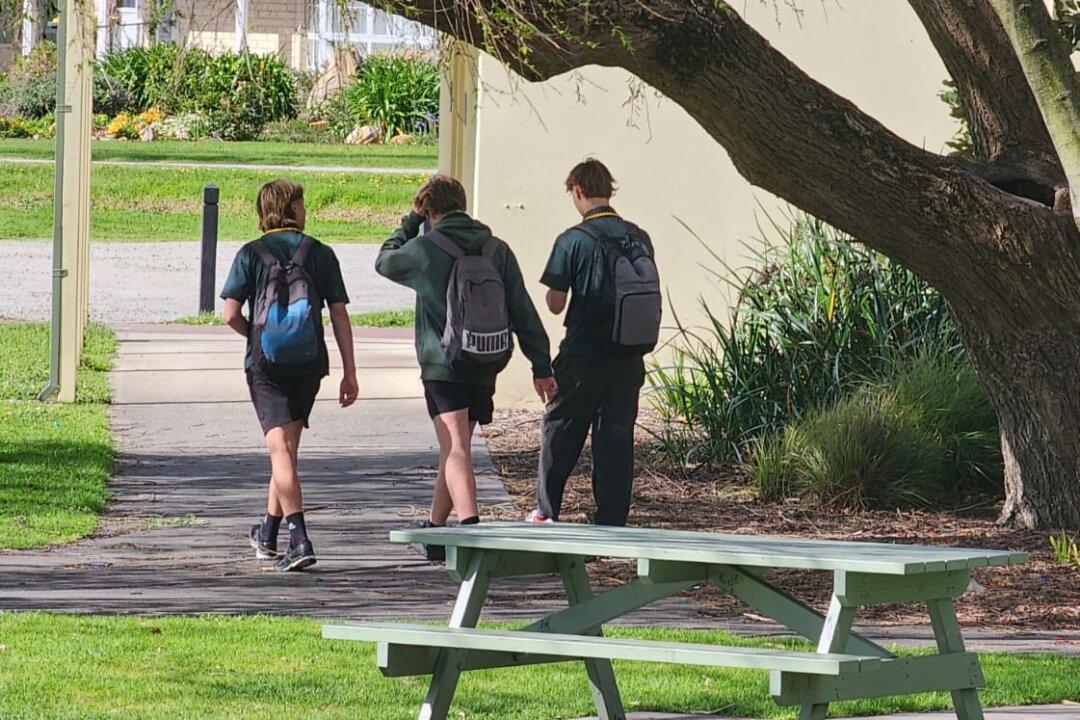Less than four in ten Year 10 students have a proper understanding of the political system and how democracy works in Australia.
During a Senate inquiry on May 23, members of the Joint Standing Committee on Electoral Matters explored the decline in understanding of civics education among students across the country.





